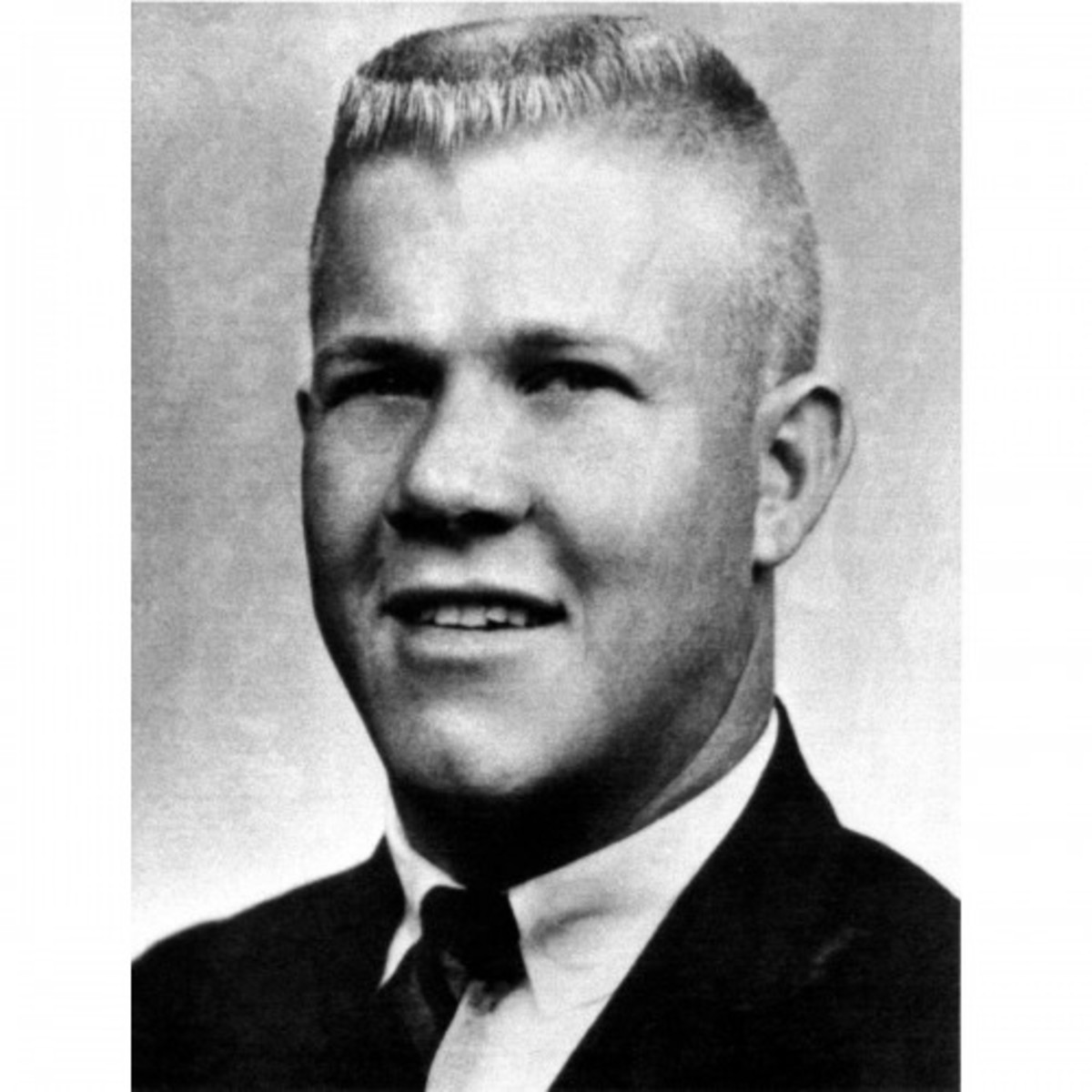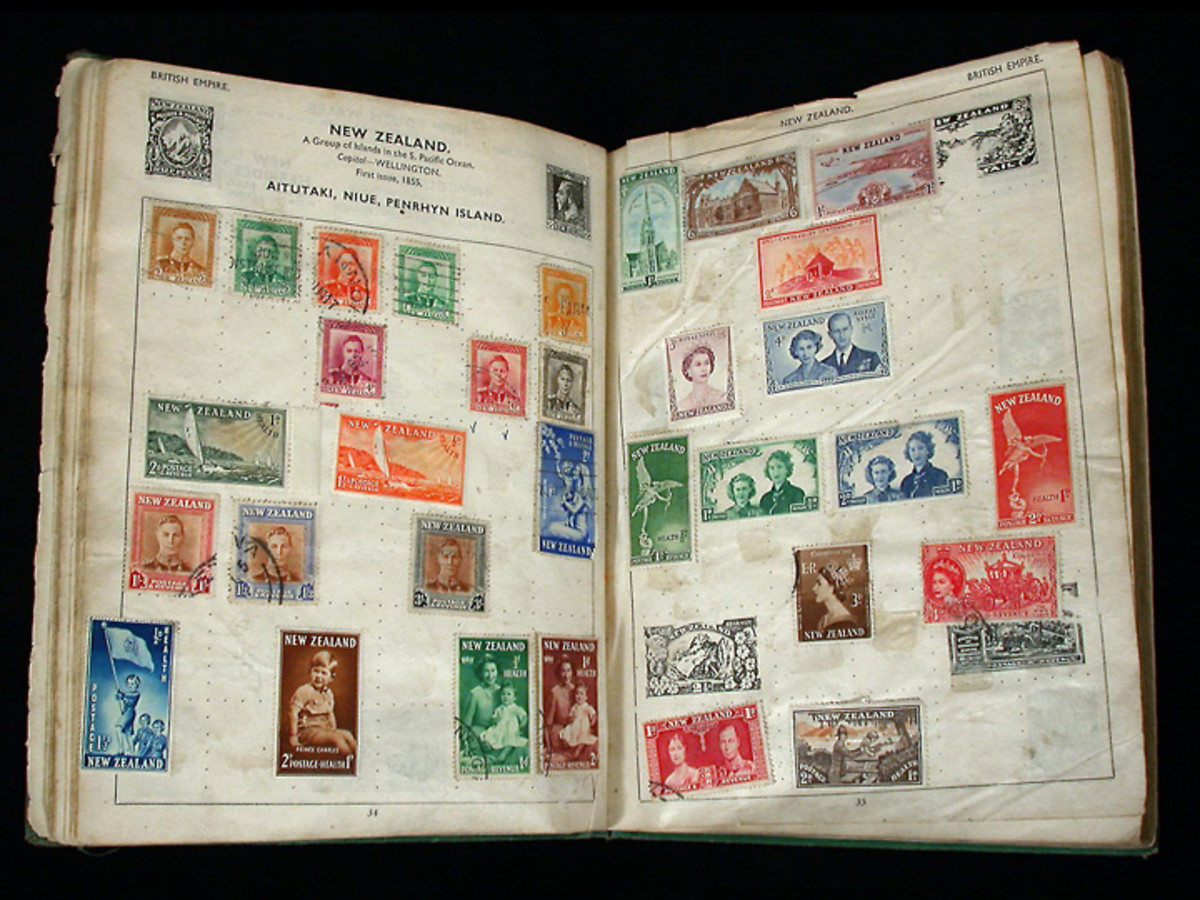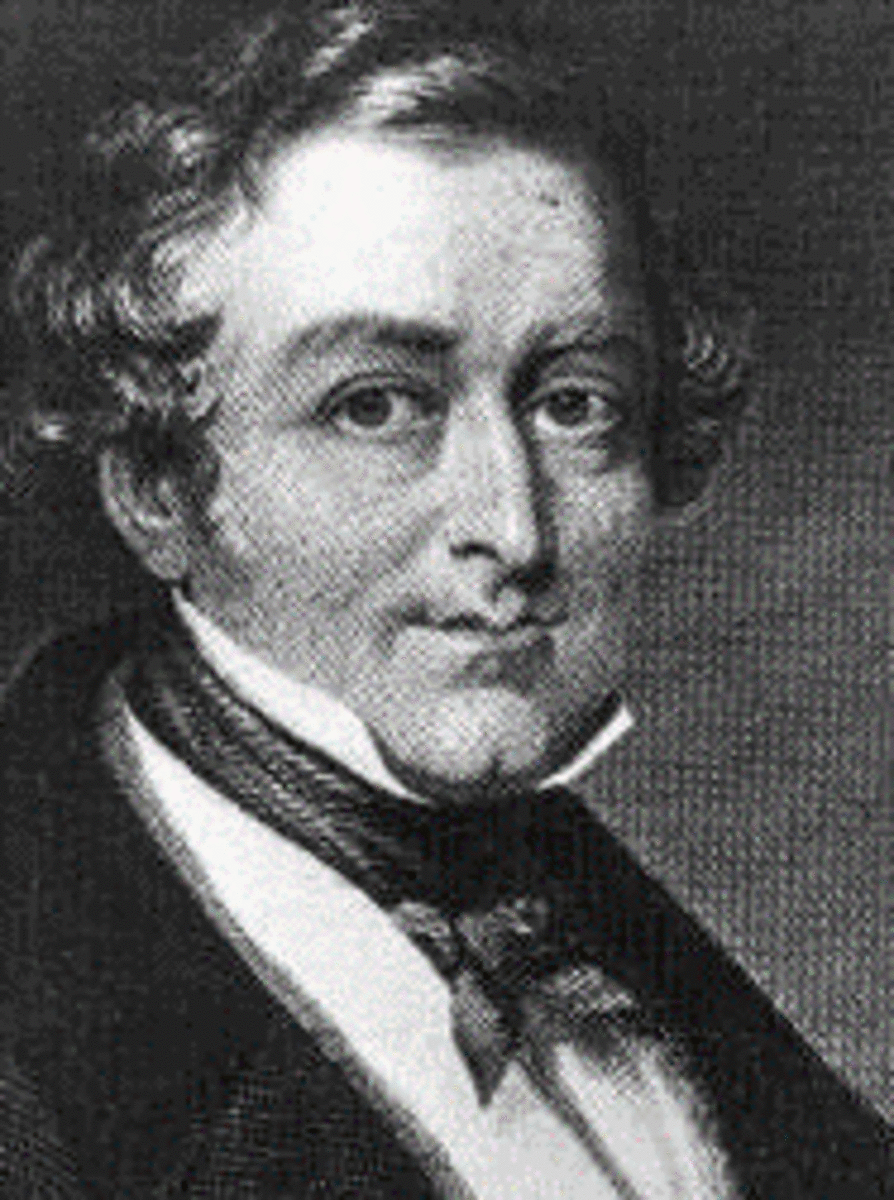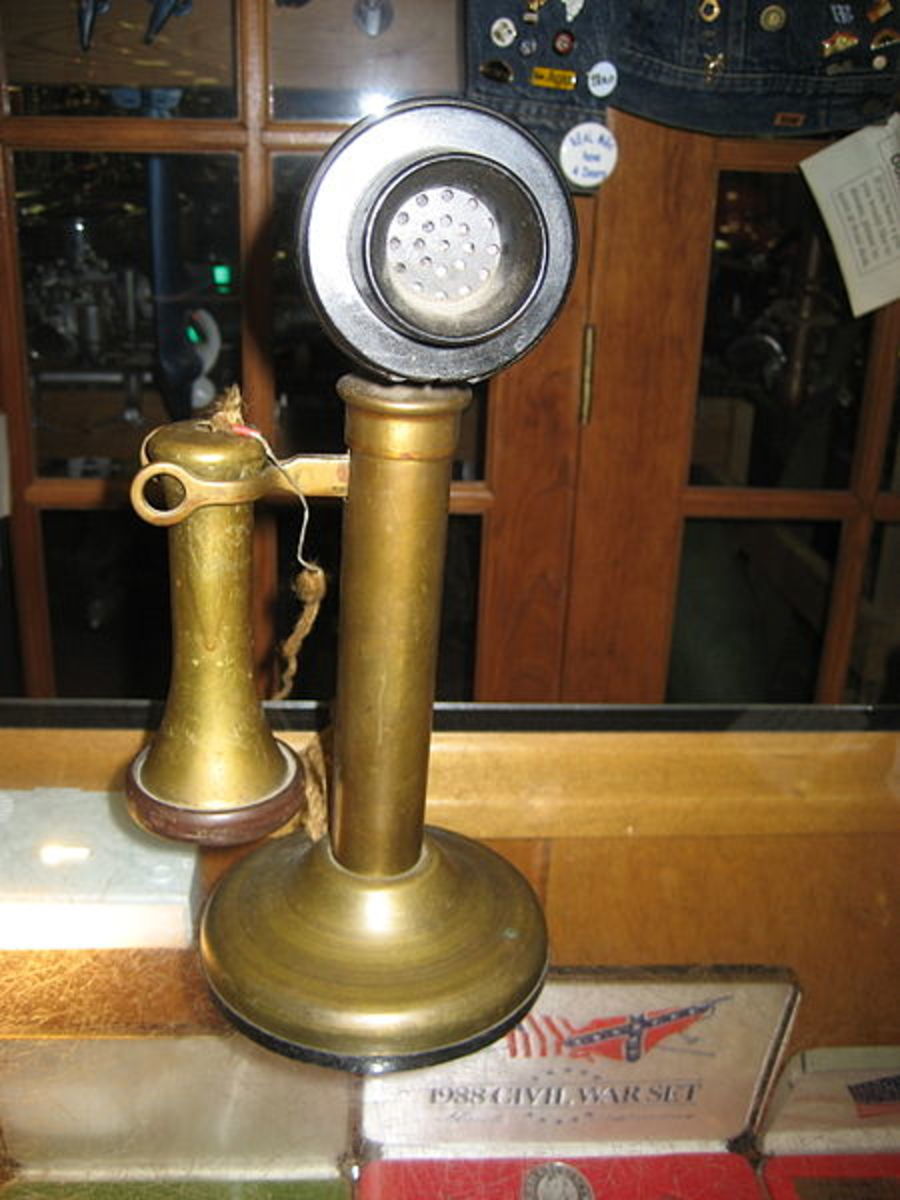- HubPages»
- Education and Science»
- History & Archaeology»
- History of the Modern Era
Mysteries: The Asylum That Collected Brains in Jars
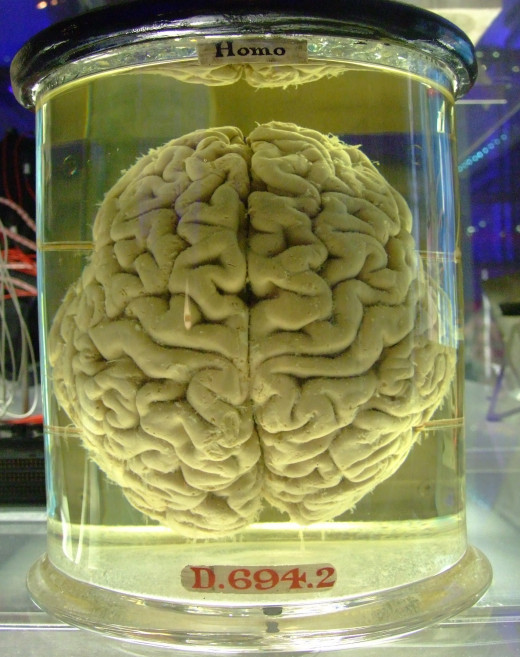
Introduction
The 19th century saw the opening of numerous asylums all over the world to contain those deemed "mentally ill" by the society. Behind the tall walls and inside the Victorian mansions however, strange things concluded.
Very strange things that ranged from electroshock treatment of certain illnesses to frontal lobotomy, which essentially meant altering the structure of the brain with a steel needle-like tool through the nose.
Yet as always there were exceptions, some for the better, some for the worse. It's up to you to decide whether the Texas State Lunatic Asylum was a positive or a negative deviation, but they did exactly what the title says: collected brains in jars. And even worse, when half of these brains suddenly go missing, including the brain of a rampage murderer.
The Texas State Lunatic Asylum
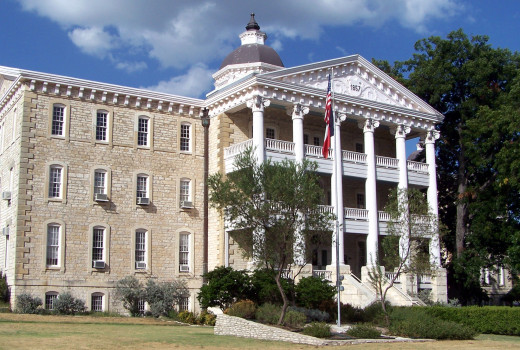
The asylum itself was built in 1856 and the first patients were received in 1861. And with most asylums, this one too was subject to experimentation. Instead of treating patients with electric shock or burrowing into their brains with nails, the doctors in the asylum simply extracted the brains from the dead bodies and conserved them in jars in order to determine whether mental illnesses come with cerebral deformities.
In 1986 the asylum decided that they no longer wanted to keep the brains, and offered to donate them to a university. Many USA institutions declared that they'd gladly accept the collection, but the brains eventually ended up with the University of Texas.
The University of Texas
The brain jars were then transferred to the University of Texas where they spent the next couple decades. It was in 2011 when photographer Adam Voorhes visited the collection to take a picture of a brain in a jar when the collection received some highlight. Bad highlight.
Vorhees returned afterwards to photograph each and every jar in order to compile a book on them. The jars were only equipped with simple labels stating the mental condition, the date of death, cause of death and patient numbers. With help of a journalist, Voorhes wanted to find the source of the brains, and the stories led them to the Texas State Lunatic Asylum.
The numbers did not match, though. A hundred brains were in the university's collection, and according to the archives, around two hundred were relocated from the asylum. After publishing an article on the missing brains, the university released numerous statements reassuring their respect for the value of the brains. Later on in another statement the university declared that around a hundred brains were deemed not suitable for research and education and were destroyed in 2002.
The brain of a rampage murderer
One of the missing brains belonged to infamous Tower Shooting culprit Charles Whitman. He left behind a note after his rampage about his condition, asking doctors to dissect his brain to see whether there was something wrong with it as he had heard noises and voices.
The doctors did remove and study his brain and found a tumor, although it is questionable whether such a growth could actually cause hallucinations of the magnitude Whitman described.
Never the less, the brain was an important part of the collection that either went missing or was destroyed by the university.

Another famous brain that went missing
After his death in 1955, Albert Einstein's brain was removed from his skull and was photographed, then sliced up into hundreds of blocks and preserved. However, nobody really knew about this and for twenty years the brain was missing.
When it was rediscovered, it became a media sensation and many insisted on conducting research on the remaining blocks of Einstein's brain. The doctor possessing the blocks however to the National Museum of Health and Medicine in 2010, and so Einstein's brain became part of an exhibition.
It is quite controversial whether his brain was extracted with his consent or his family's consent though. In a biography published in 1979 author Ronald Clark claimed that Einstein wanted his brain to be researched and his body cremated, with articles published in highly acclaimed scientific magazines.
Conclusion
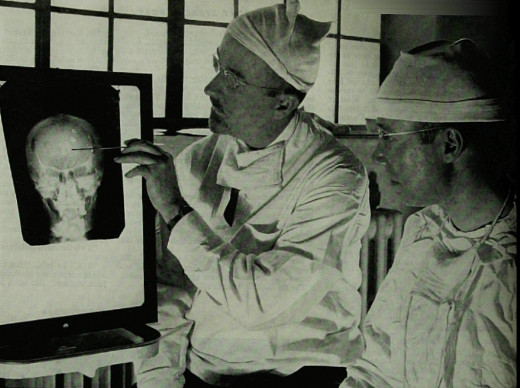
And this is where the whole asylum question has to be raised once again. These approximately two hundred brains were possibly extracted without permission from the patients of Texas State Lunatic Asylum.
And even identifying the brains with their former hosts proves to be impossible as asylum patients were only handled with numbers and the ledger containing the number-name associations was destroyed already as part of the archive purging.
With this, the only remains of the patients that were once sent to the asylum are these deformed and odd colored brains in jars and the numbers that decorate them.
© 2015 Medvekoma

